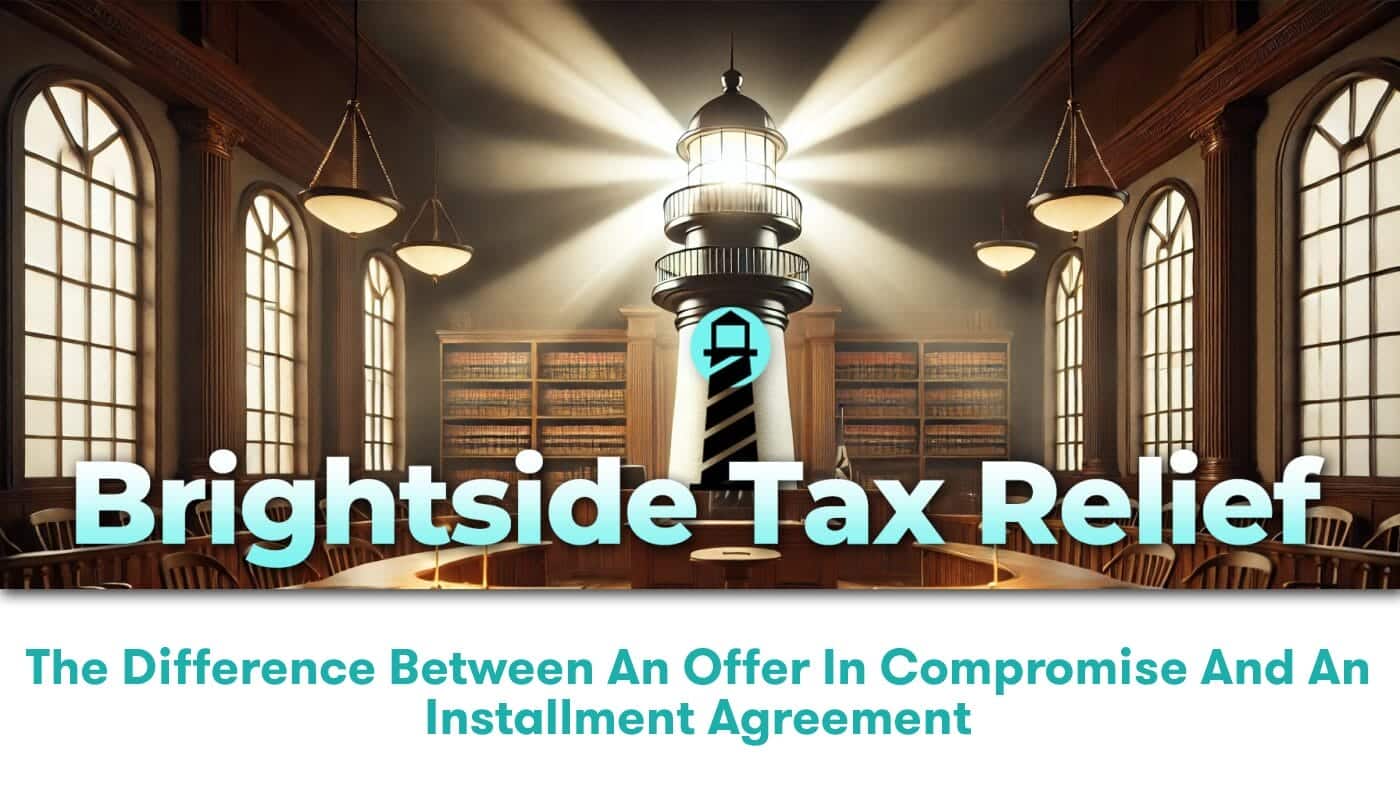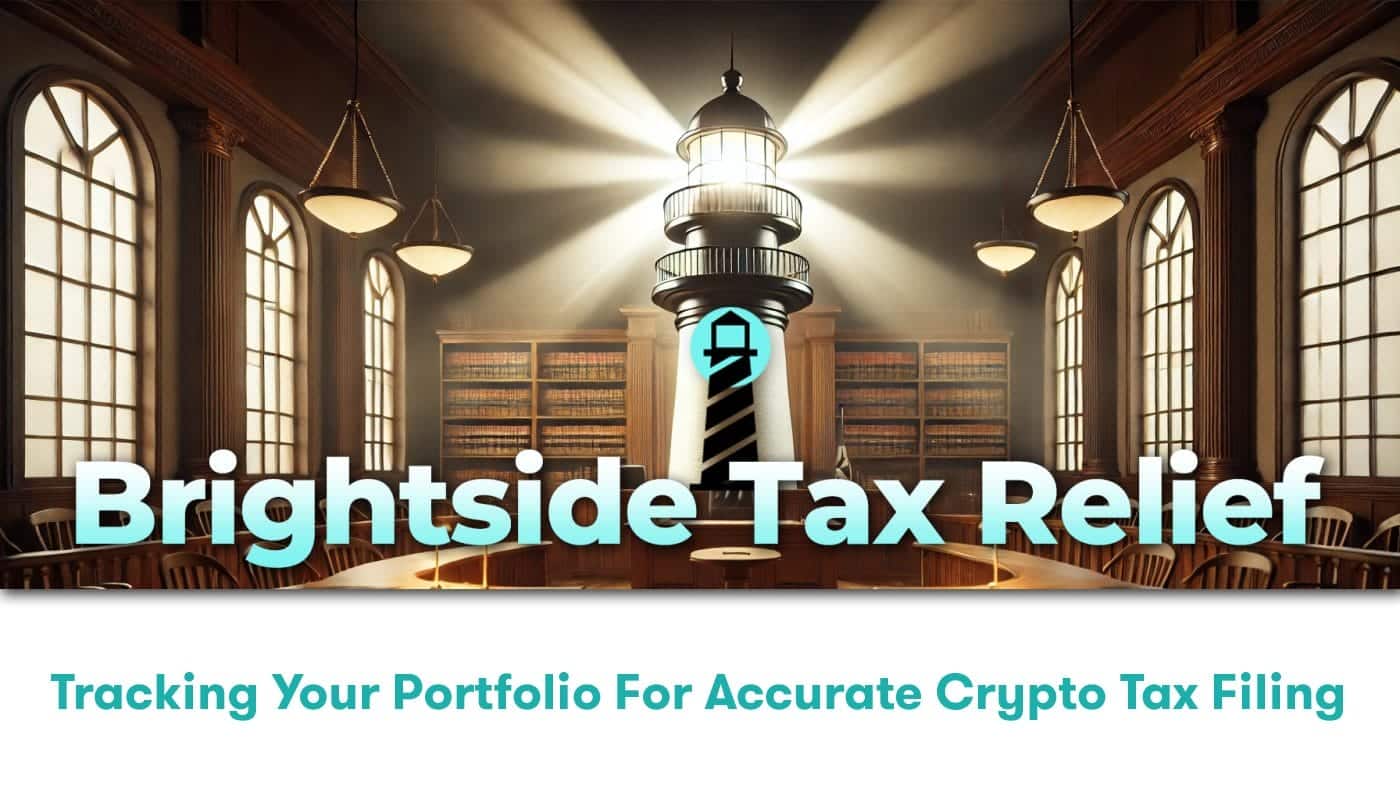Understanding IRS Payment Plans
An IRS payment plan, also known as an installment agreement, is an option for taxpayers who are unable to pay their complete tax debt in a single lump sum. With different categories available, IRS payment plans can cater to a variety of financial situations, providing taxpayers with a structured, manageable format for settling tax debts over a specified period.
Why Consider an IRS Payment Plan?
When faced with an outstanding tax bill that you cannot pay in one go, it might feel like you’re backed into a corner. However, the IRS offers payment plans as a feasible way out. An IRS payment plan can prevent unwanted collection activities like levies or liens upon your property. Moreover, it can reduce or eliminate penalties and interest that would accumulate on your unpaid taxes.
Types of IRS Payment Plans
The IRS offers different types of payment plans to cater to taxpayers’ varying needs. These include:
– Guaranteed Installment Agreements
– Streamlined Installment Agreements
– Partial Payment Installment Agreements
– Non-streamlined Installment Agreements
Each of these options has unique qualifying criteria, advantages, and considerations.
Guaranteed Installment Agreements
If you owe $10,000 or less in taxes (excluding penalties and interest), you might qualify for a Guaranteed Installment Agreement. As long as you haven’t incurred any other payment plans in the past five years, have filed all your tax returns, and you can pay your tax debt in three years or less, this could be a suitable option for you.
Streamlined Installment Agreements
For tax debts ranging from $10,000 to $50,000, a streamlined installment agreement might be your best bet. With this plan, you’ll have up to 72 months to pay off your debt. As the name suggests, this plan streamlines the application process, allowing taxpayers to avoid detailed examination of their financial situation.
Partial Payment Installment Agreements
If you are unable to pay the full debt within the time limits prescribed by the IRS statute of limitations, a partial payment installment agreement (PPIA) might be the right choice. With a PPIA, you make monthly payments based on what you can afford after accounting for necessary living expenses. The IRS reevaluates the agreement every two years, so your payment amount may change.
Non-streamlined Installment Agreements
For debts exceeding $50,000, a non-streamlined installment agreement might be your only option. For this plan, a comprehensive financial review is needed to determine your monthly payment.
Applying for IRS Payment Plans
The application process for these agreements can be handled online via the IRS’s Online Payment Agreement tool. However, those owing large sums or contemplating a non-streamlined agreement might need to mail the completed Form 9465 (Installment Agreement Request) and Form 433-F (Collection Information Statement).
Navigating IRS Payment Plans with Professional Help
While it’s possible to handle IRS payment plans on your own, professional help like Brightside Tax Relief can alleviate the confusion and pressure of dealing with tax issues. Brightside Tax Relief has years of experience dealing with the IRS and can guide you through the application process.
Conclusion: Making the Best Out of IRS Payment Plans
While owing a tax debt to the IRS is never a desirable situation, there are options available to handle your debts responsibly. IRS Payment Plans offer a structured, organized way to pay off your debts over time and reduce or eliminate possible penalties. With Brightside Tax Relief by your side, you can navigate these options with confidence and peace of mind.
Learn more about IRS payment plans at the official IRS website.






